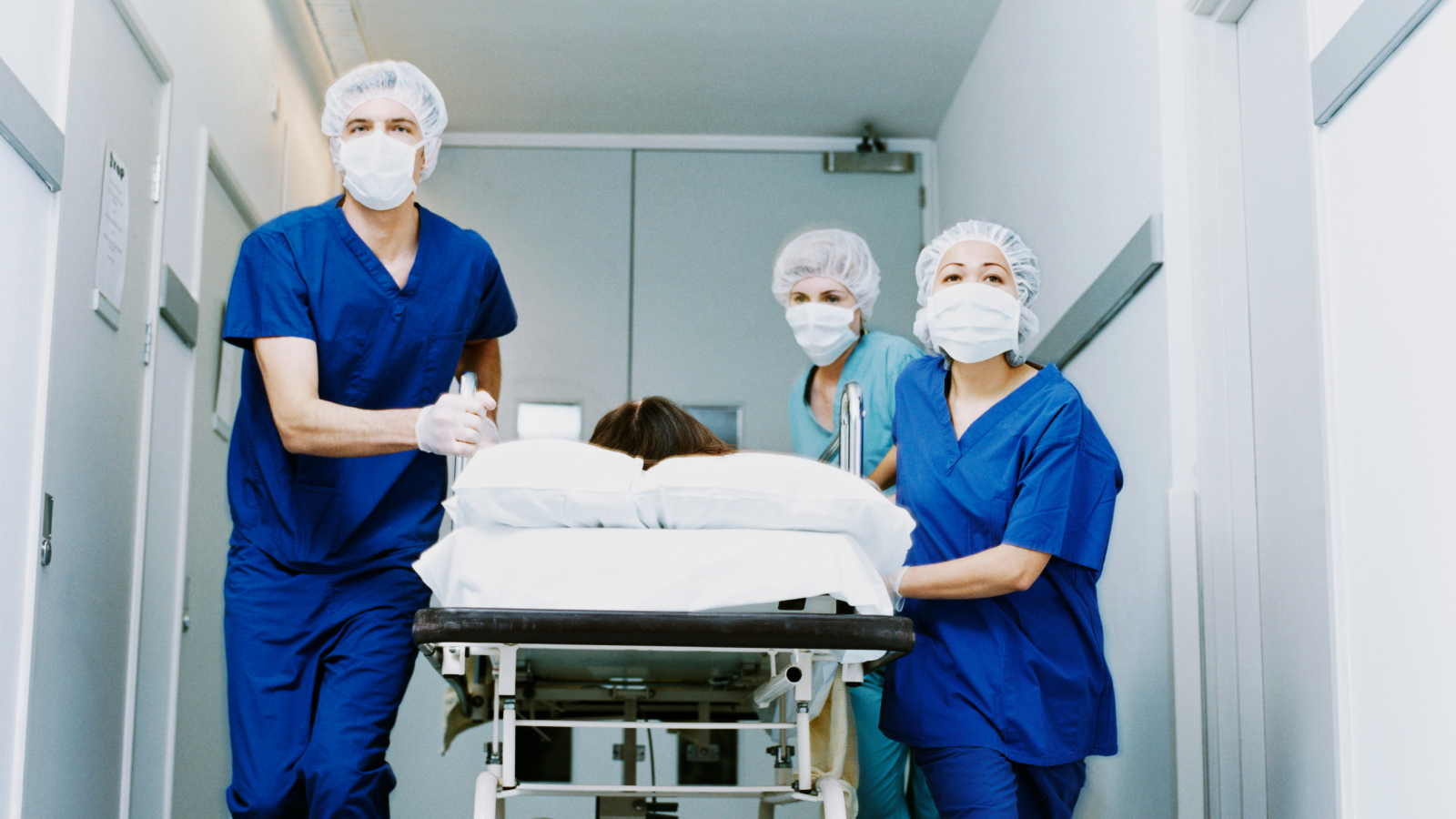Astronauts Open Space Station's Newest Lab
This story was updated at 4:09 p.m. EST.
HOUSTON - Astronauts are opening the International Space Station's (ISS) newest laboratory for business Tuesday as they christen the European-built Columbus module delivered by the shuttle Atlantis.
Spacewalkers helped attach the 10-ton research laboratory for the European Space Agency (ESA) Monday, adding a shiny new room that astronauts began converting for orbital flight early this morning.
"This is a great moment," said French astronaut Leopold Eyharts, ESA's newly arrived station crewmember, as he opened the new lab briefly with German astronaut Hans Schlegel at about 9:08 a.m. EST (1408 GMT). "Hans and I are very proud to he here to ingress for the first time the Columbus module."
Eyharts, Schlegel and station commander Peggy Whitson were among the first to enter the still-darkened Columbus to take air samples, scan for debris. Flight controllers at the module's new ESA Mission Control center outside Munich, Germany switched on the lights later once power cables were attached.
"We are at the start of a new era now that the European scientific module Columbus and the ISS are connected for many, many years of research in space and cooperation internationally," said Schlegel, who will return to spacewalking duty on Wednesday after sitting out Monday's excursion due to an undisclosed illness.
A few growing pains
Get the world’s most fascinating discoveries delivered straight to your inbox.
The 23-foot (7-meter) long Columbus initially drew power from a feed running through the station's robotic arm until power, data and cooling lines were be attached, mission managers said. The 14.7-foot (4.5-meter) wide module did encounter a pair of cooling system glitches, one on the station side and another inside Columbus itself, though neither poses a threat to the lab's full operations, they added.
"I don't think there is anything amazingly surprising about it," Alan Thirkettle, station program manager for the ESA, told reporters here at NASA's Johnson Space Center. While Columbus went through an intensive round of tests before flight, it is impossible to test for every single possibility, station officials said.
Eyharts and Columbus' other first occupants wore protective masks and goggles as a precaution against any debris that may have stowed away aboard the module during its launch into space. Once air circulates through the module, the research lab will be habitable without protective gear, mission managers said.
"Visual inspection is good," Eyharts said after peeking inside the 1.4 billion euro ($2 billion) laboratory. "No sign of debris or condensation and it looks like the atmosphere is of good quality."
The new lab's ESA control center near Munich, Germany is now online, where 100 flight controllers and engineers are working in three shifts to watch over Columbus around the clock alongside U.S. and Russian operations centers, Thirkettle said. The new module is berthed to the starboard side of the station's hub-like Harmony connecting node.
Columbus is the first new laboratory to arrive at the ISS since NASA's Destiny module in 2001. Japan's multi-module Kibo laboratory is also due to launch toward the station later this spring during NASA's next two shuttle flights.
The joint station and shuttle crew will continue outfitting the interior of Columbus over the next several days, and add external experiments to the module during a spacewalk set for Friday.
Mission Control roused the crew early Tuesday with the song "A Dream Come True" by Jim Brinkman, a tune selected for Atlantis' lead spacewalker Rex Walheim by his wife Margie and family.
"Doing a spacewalk certainly is a dream come true," Walheim radioed down to Mission Control. "But the biggest dream come true is having a wonderful wife Margie and my two great little boys Alex and Jeffie."
The astronauts also spoke to reporters about their mission for the first time.
Shuttle astronaut Leland Melvin, who had a brief stint with the NFL before signing with NASA's astronaut corps, said the view of Earth has been tremendous.
"I have been taking pictures since I've been up here," he said.
Extra day decision
Mission managers, meanwhile, are discussing whether to extend the shuttle crew's already extended 12-day spaceflight by an extra day to squeeze one more day of Columbus outfitting into their schedule.
"If you extend the mission one extra day, you get to keep Hans onboard and he is a specialist in Columbus commissioning," said Kirk Shireman, NASA's deputy ISS program manager, of Schlegel.
But adding one more day to Atlantis' flight would require the shuttle to use oxygen supplies for its fuel cells that could be used to replenish high-pressure tanks used for ISS spacewalks, Shireman added.
"That's the trade that we're working together," he said.
Engineers have cleared a small torn thermal insulation blanket on Atlantis' starboard aft engine pod of any concerns for landing. NASA has kept a close watch on shuttle heat shield health since the 2003 Columbia tragedy.
"That's great news," Atlantis commander Stephen Frick said as Mission Control radioed up the good news. "It's a relief knowing we don't have to go back there and mess with it."
Atlantis' seven-astronaut crew is currently scheduled to return to Earth on Feb. 19.
NASA is broadcasting Atlantis' STS-122 mission live on NASA TV. Click here for SPACE.com's shuttle mission coverage and NASA TV feed.

Tariq is the editor-in-chief of Live Science's sister site Space.com. He joined the team in 2001 as a staff writer, and later editor, focusing on human spaceflight, exploration and space science. Before joining Space.com, Tariq was a staff reporter for The Los Angeles Times, covering education and city beats in La Habra, Fullerton and Huntington Beach. He is also an Eagle Scout (yes, he has the Space Exploration merit badge) and went to Space Camp four times. He has journalism degrees from the University of Southern California and New York University.


